Cold forging is a cost-effective and efficient metal deforming process for producing large quantities of parts. The result is a stronger and higher-quality product; however, cold forging should not be mistaken for machining or casting. Read More…
For over 30 years, we have provided metal forged products for a wide variety of industries, including the aerospace, military, food service, medical, and automotive industries. Our customers know they can trust our forgings for quality and affordability.
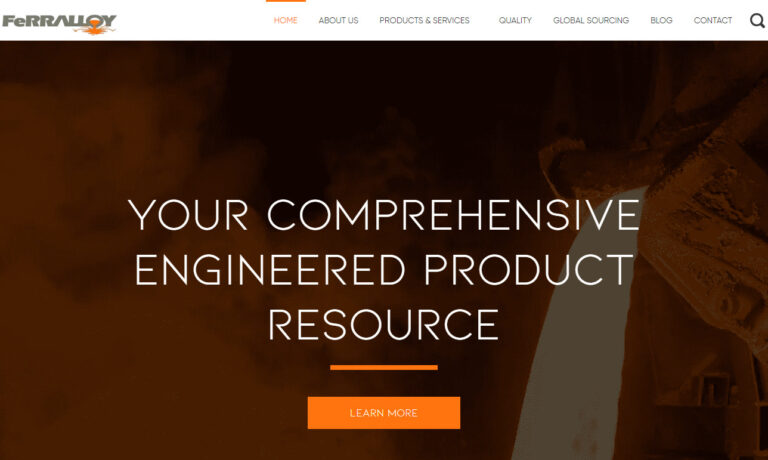
Although we have over 100 years of experience, we are committed to continually expanding our offerings in all industries. We are not content to remain as we are, but we continually work to improve our products and processes each and every day.
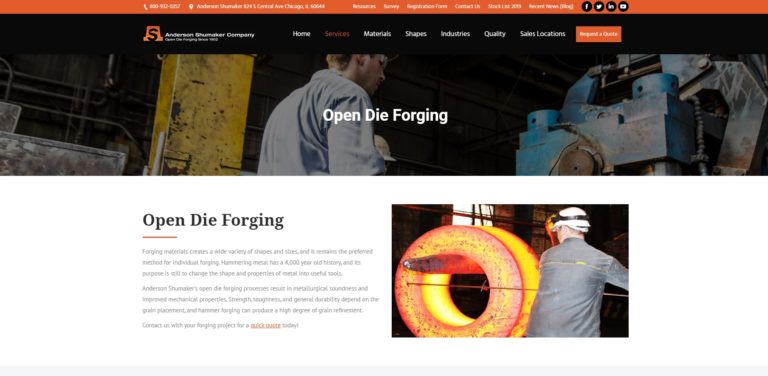
All Metals & Forge Group is your ISO9001:2015 and AS9100D registered forging facility. All Metals provides a wide range of materials, products and services, including discs, shafts, sleeves, cylinders, plates, blocks and many other shapes, both stock and custom, satisfying all of their customers’ requirements. Give All Metals & Forge Group a chance to satisfy your needs— you’ll be glad you...
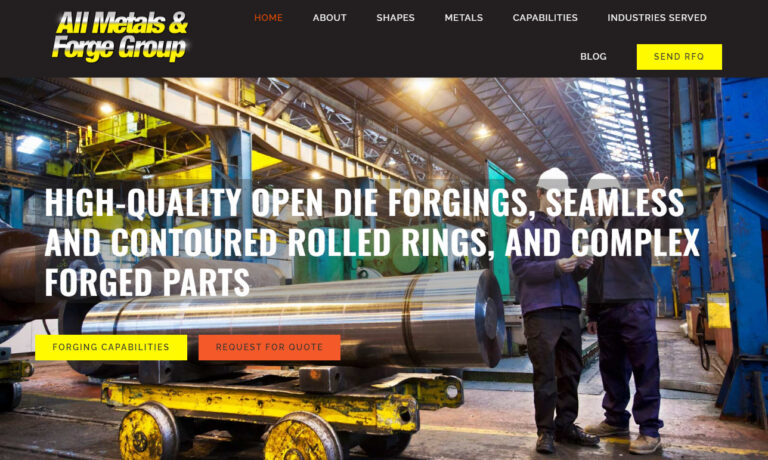
Welcome to Edgerton Forge, Inc., where we specialize in the production of high-quality forgings for a wide range of industries and applications. With a rich history spanning decades and a steadfast commitment to excellence, we have established ourselves as a trusted leader in the forging industry.
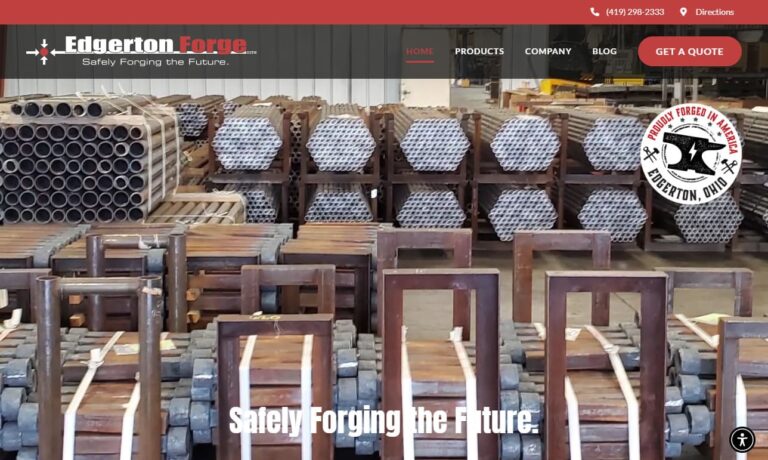
Trenton Forging is a QS 9000 producer of high-quality closed impression die steel forgings including steering and suspension parts, engine parts, construction and mining parts, and many more from carbon and alloy steel. For more information please call Trenton Forging today!

More Cold Forging Companies
What is Cold Forging?
In the cold forging process, bar stock is put into a die and squeezed into a second closed die. The procedure is accomplished at room temperature or below the metal's austenite temperature to form the metal into the desired configuration.
How Cold Forging is Done
First, the workpiece is lubricated to keep it from sticking to the die and keep it cool during the forming process, which can reach temperatures of 482 to 842 °F (250 to 450 °C). Lubricants are not universally used and rely on the process of the company.
In the next step, the metal coil is fed into the forging machine through a die with the final part's shape. One section of the die may be linked to the hammer and the other to the workpiece. The hammer is the striking mechanism that generates the force needed to distort the metal piece.
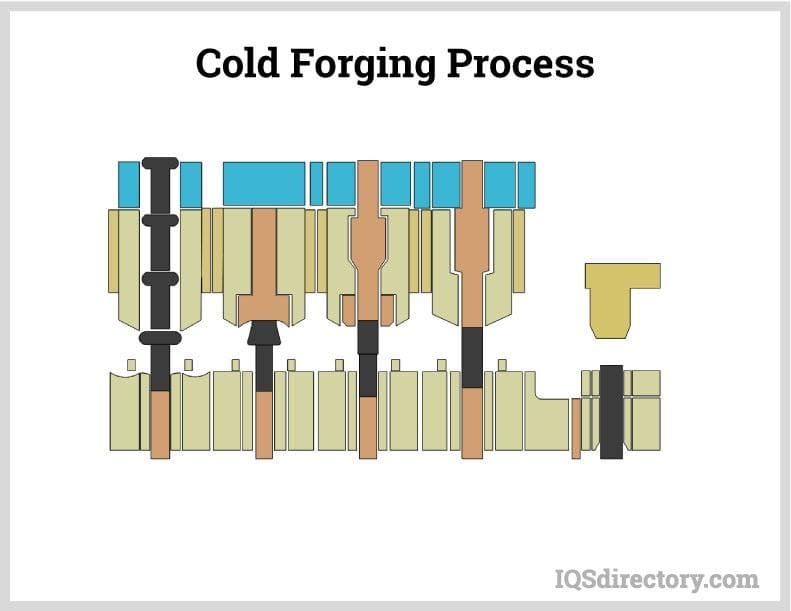
The striking of the workpiece, or stroke, can be accomplished using three mechanisms: hydraulic, pneumatic, and mechanical. Each technique uses a hammer to push a shaft onto the workpiece with considerable force to achieve the desired form. This occurs on a millisecond time scale. The hammer may need to be dropped numerous times in a row to get the desired contour and shape. The next procedure is for removing the part and is determined by the process. Most modern producers employ a conveyor or a robotic hand to remove the item.
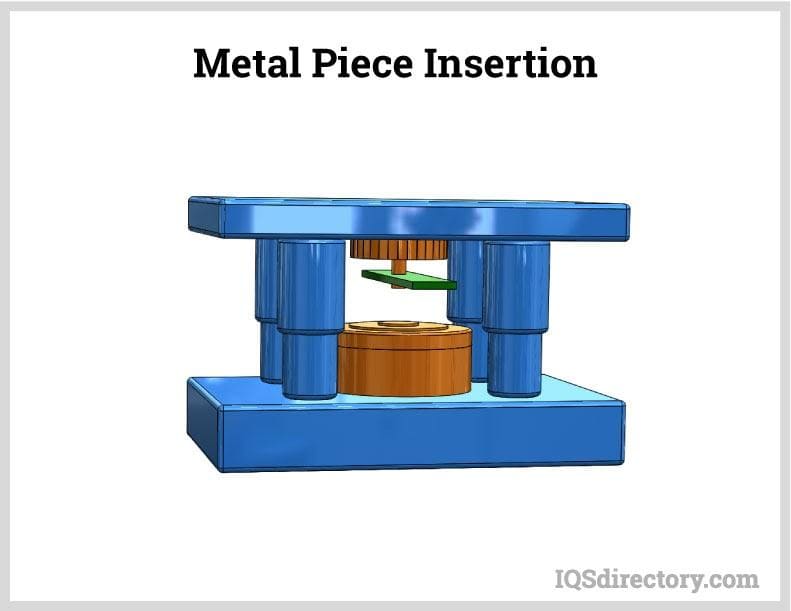
Another cost-cutting technique is to eliminate the necessity for material handling. This, like other components of the process, can take many different shapes. Then, the part is cut and shipped to shipping for pieces that only require one die and one stroke. Parts with numerous aspects are carried on to different die operations to add features. In most cases, the transportation of the die from station to station is automated. Other mechanical means, such as a hi-lo, forklift, or crane, are utilized for larger pieces.
Cold Forging Equipment
The different types of cold forging equipment include:
Hydraulic Die Forming Hammer
It works based on hydraulics, in which an incompressible liquid is contained in a cylinder. A shaft with the die attached is forced down onto the workpiece when a piston pressurizes the liquid. It can make a variety of impressions using a variety of dies.
Pneumatic Power Press
The pneumatically driven press can perform a wide range of die pressing tasks. A pneumatically driven friction clutch and brake are included. The press is powered by an air compressor, which uses air pressure in a cylinder with a piston to propel the forging hammer down into the workpiece.
Types of Cold Forged Metals
The different types of cold-forged metals include:
- Copper is a great cold forging metal because it is ductile and malleable. It may be shaped, bent, or pushed with minimal force, generating corrosion- and rust-resistant parts.
- Carbon steel is an iron and carbon alloy. The amount of carbon combined with iron determines the various grades. It is extremely strong and flexible.
- Due to its corrosion resistance, look, and strength, stainless steel has become one of the most widely used metals. Stainless steel exists in several grades depending on the alloy content, while the word stainless steel is often used to denote any steel with its qualities.
Applications of Cold Forging
- Cold forging is particularly appealing to vehicle manufacturers because of its strength, durability, quality, and low cost. Because of their strong shock resistance, cold-forged parts are used in high-stress locations. Cold forged components include drive trains, drive shafts, and struts or shocks. The illustration below shows some pieces of a car's undercarriage that are made through cold forging.
- Due to its ability to eliminate the need for cutting in gear shaping, cold forging is employed in gear fabrication. Gears can be made from billets less than 50 mm in diameter or fashioned with coiled wire. To remove residual stress and work hardening, some annealing may be required. The smooth and quiet intermingling of cold-forged gears is a significant advantage.
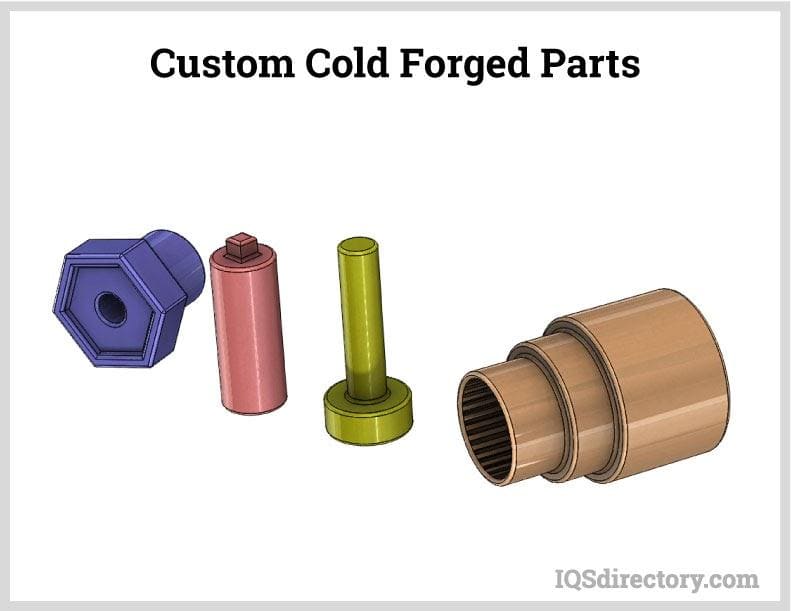
Choosing the Proper Cold Forging Supplier
For the most productive outcome when purchasing cold forgings from a cold forging supplier, it is important to compare several companies using our directory of cold forging suppliers. Each cold forging supplier has a business profile page highlighting their areas of experience and capabilities, along with a contact form to directly communicate with the supplier for more information or request a quote. Review each cold forging business website using our patented website previewer to quickly learn what each business specializes in. Then, use our simple RFQ form to directly contact multiple cold forging companies with the same form.

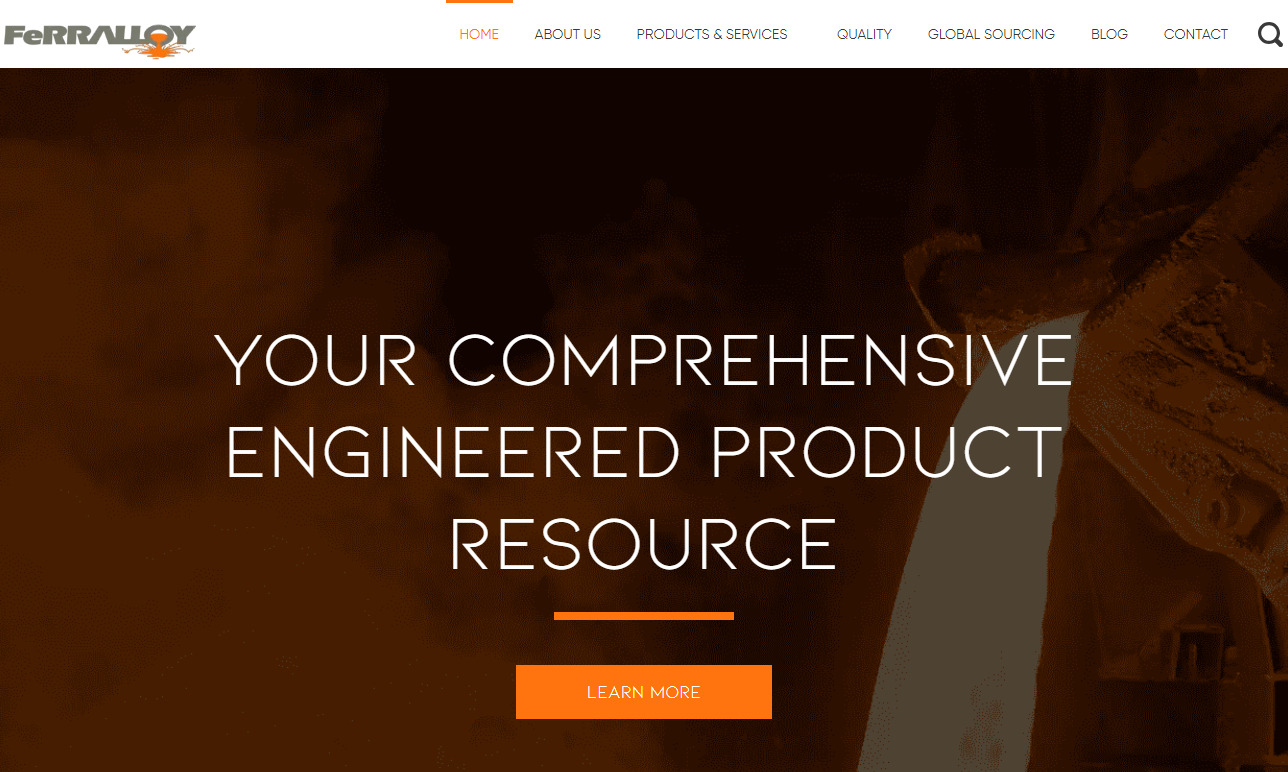
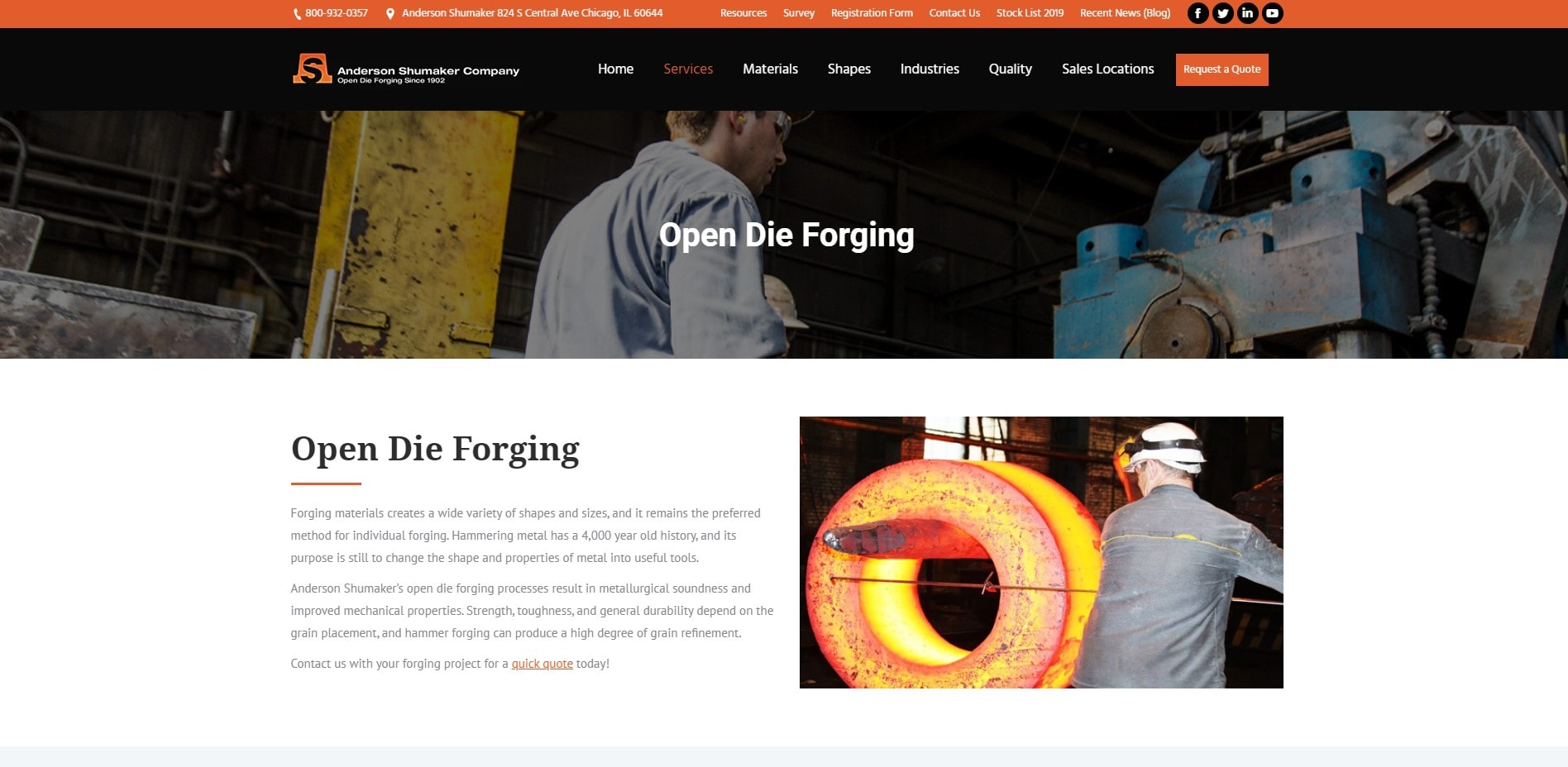
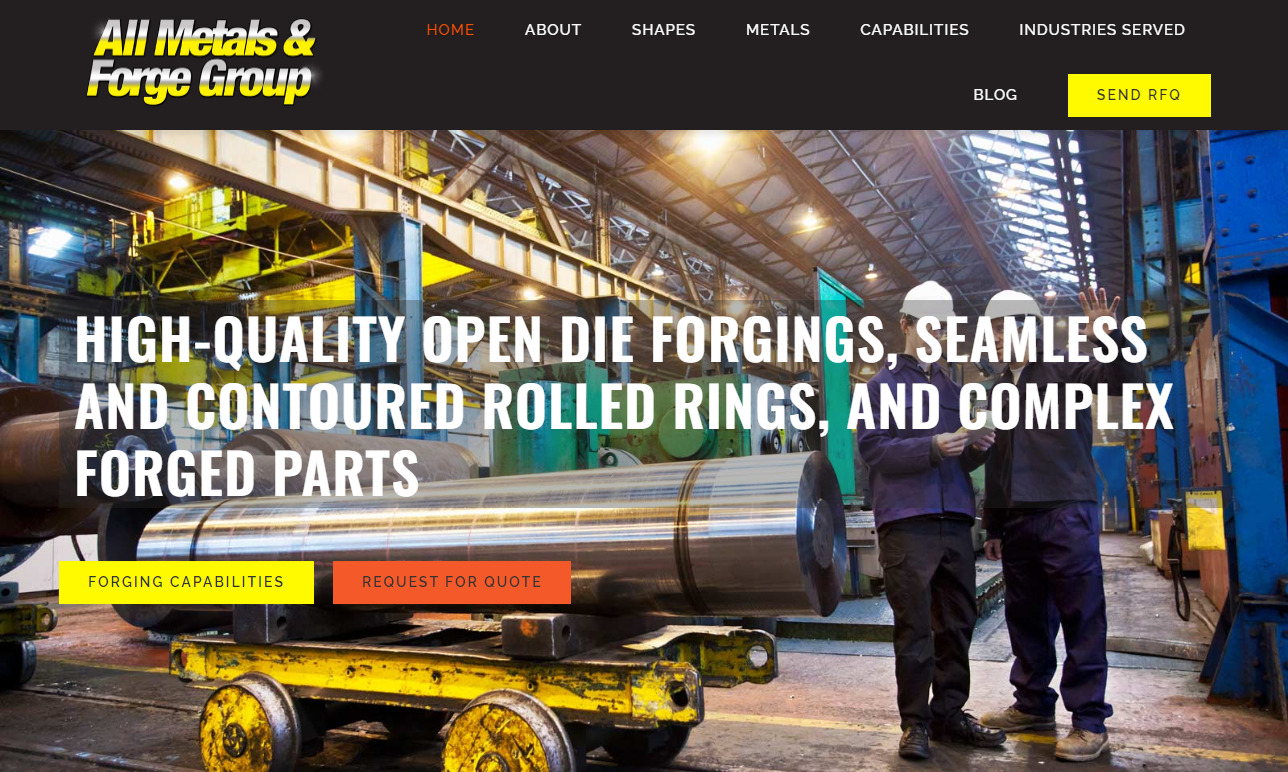
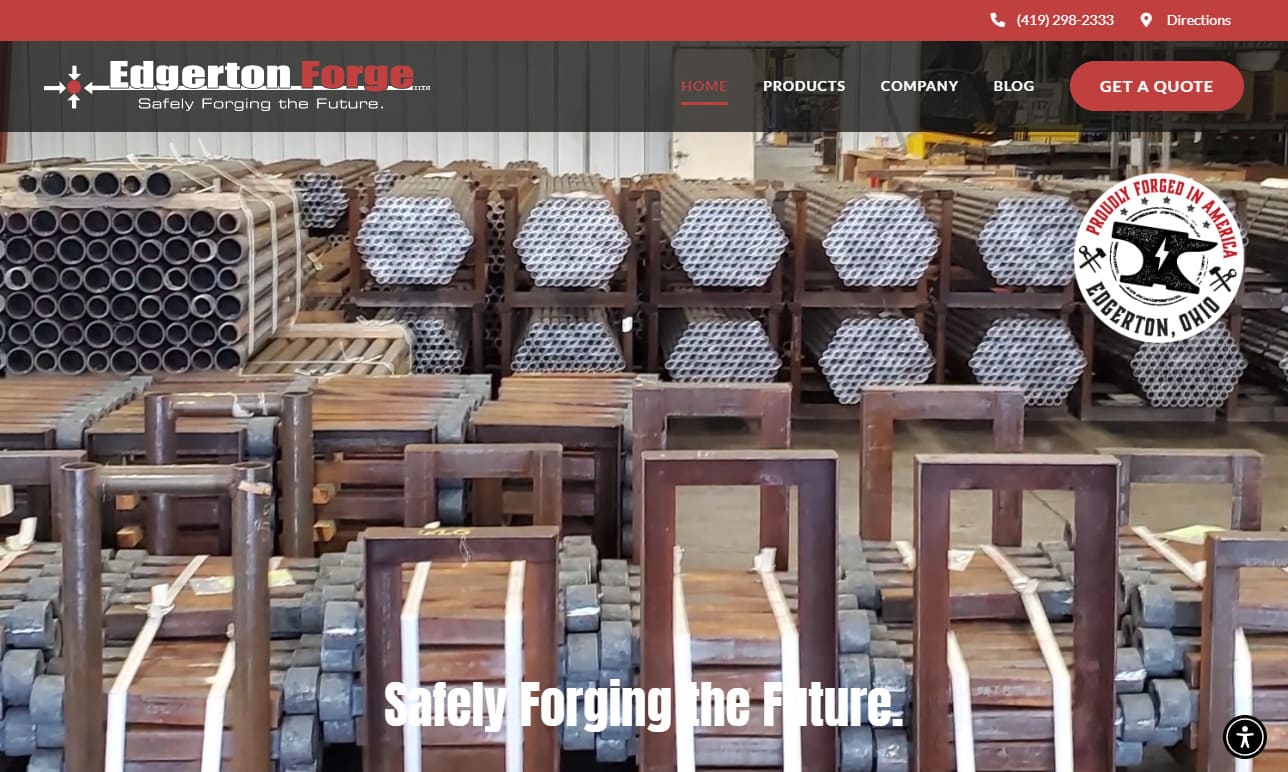

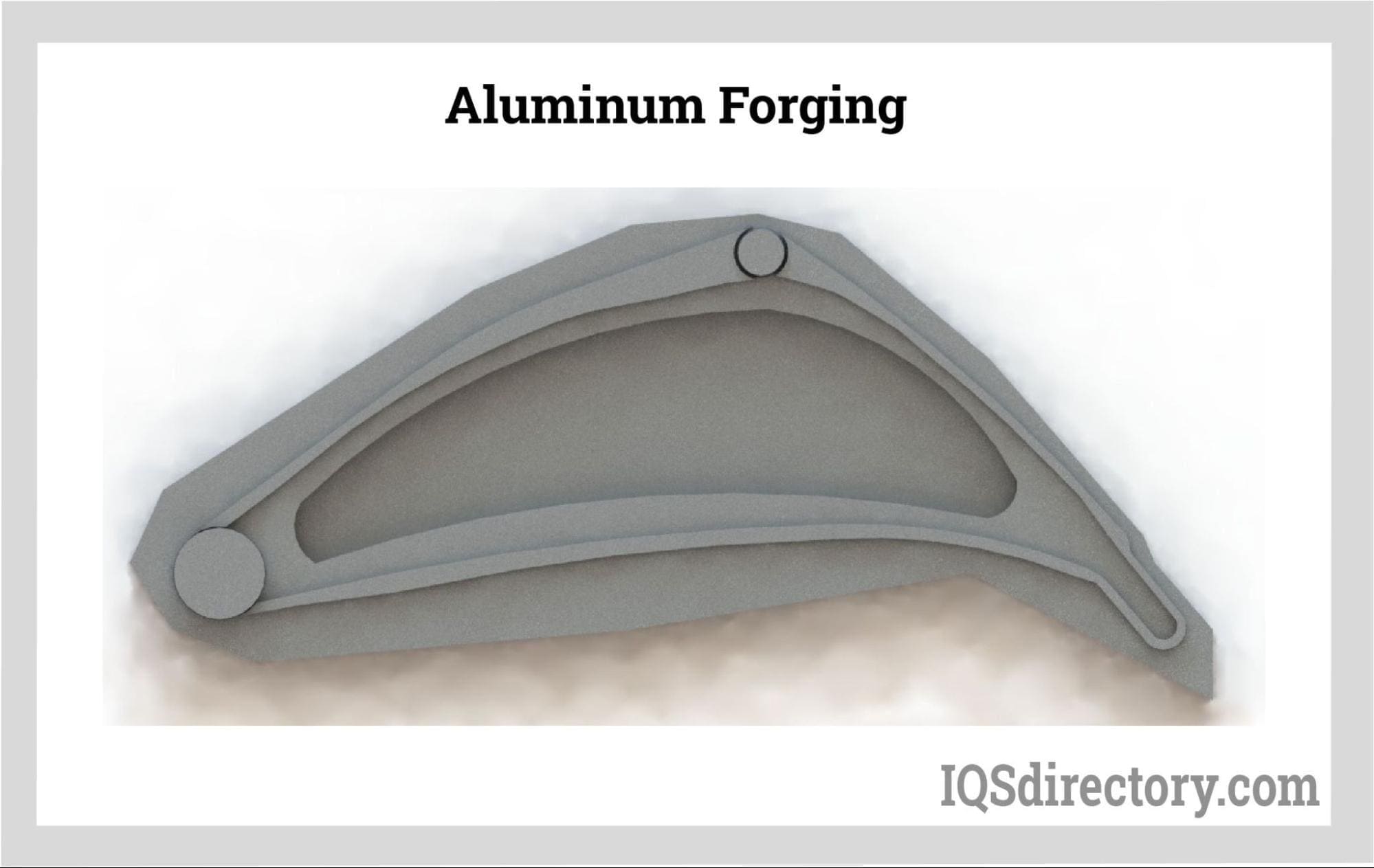
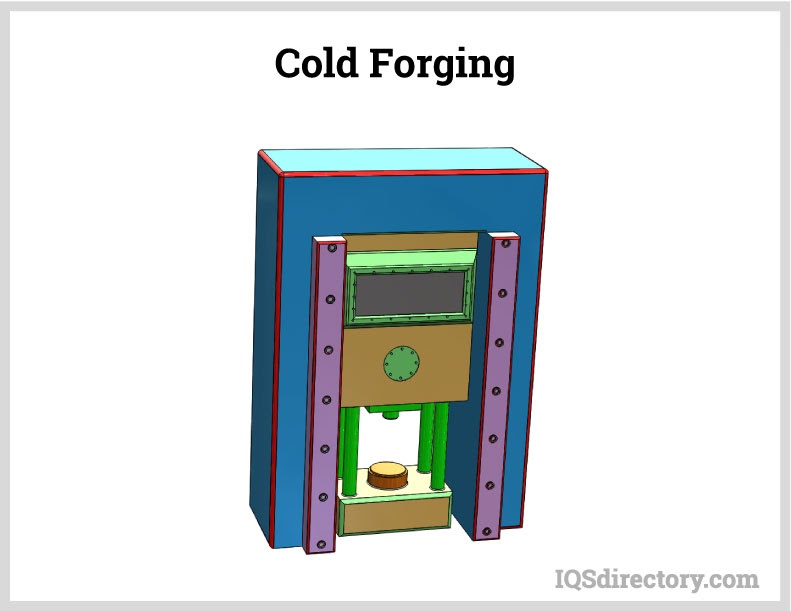
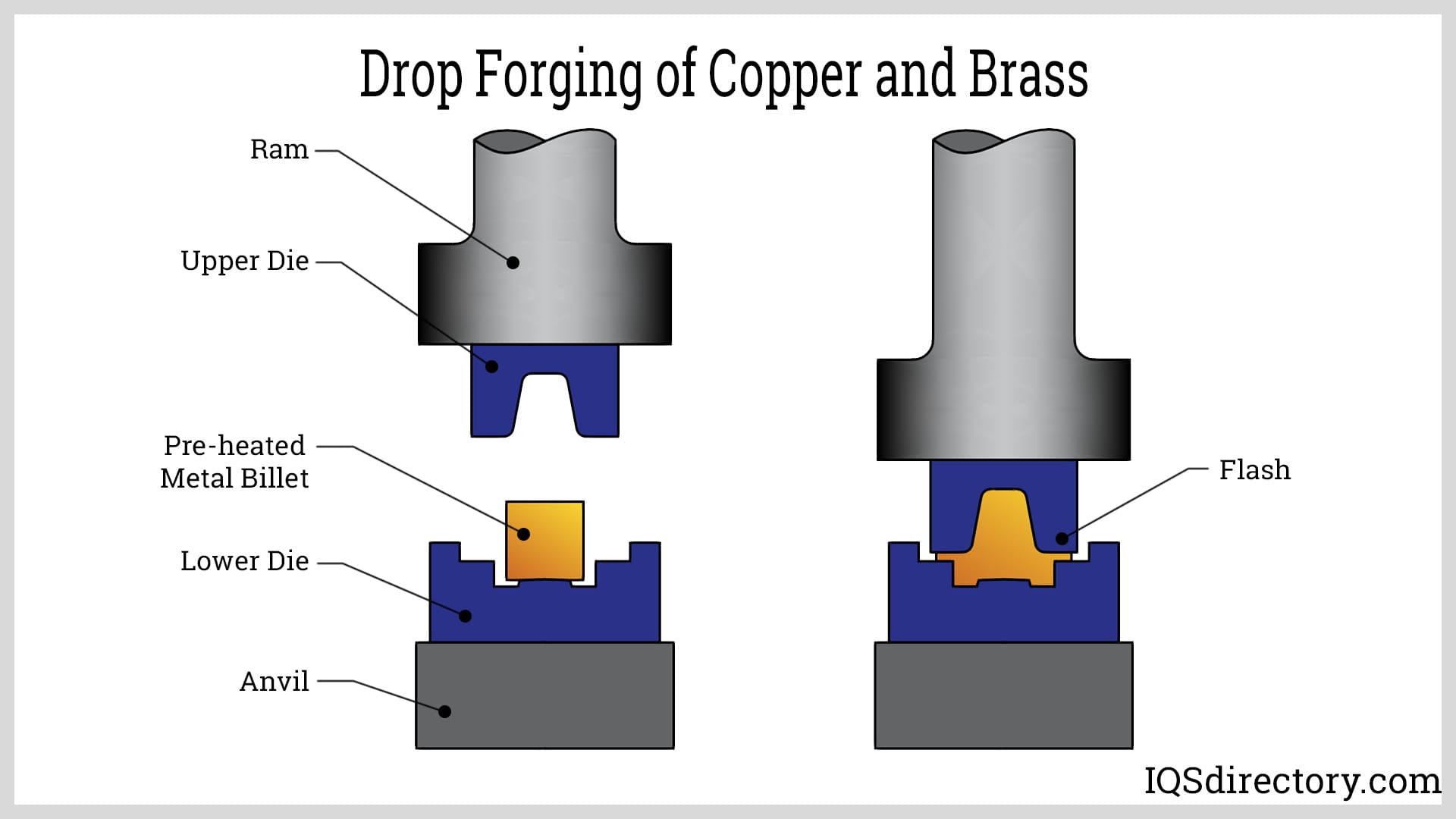
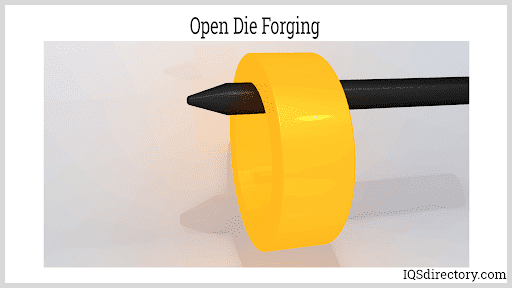
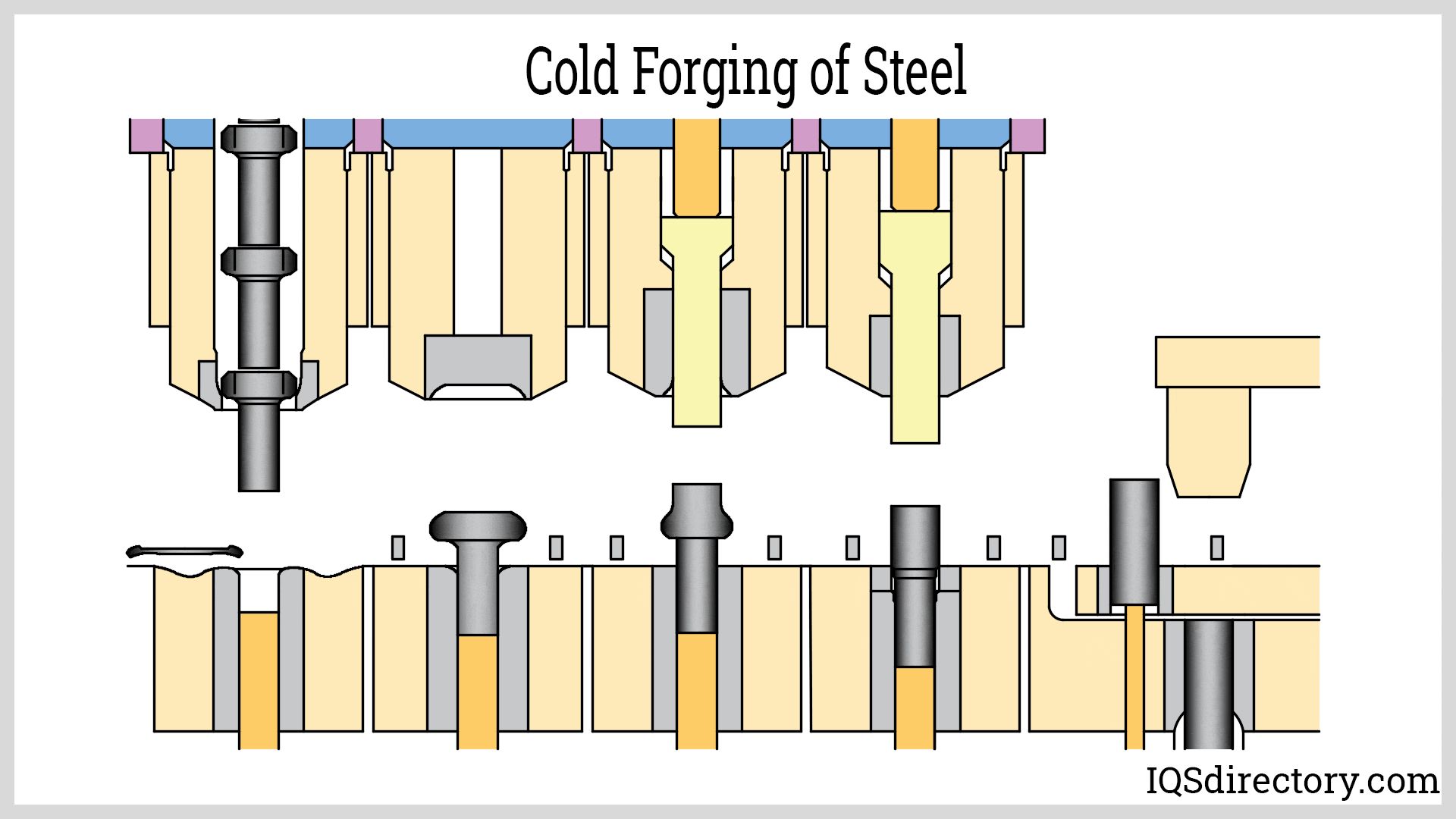
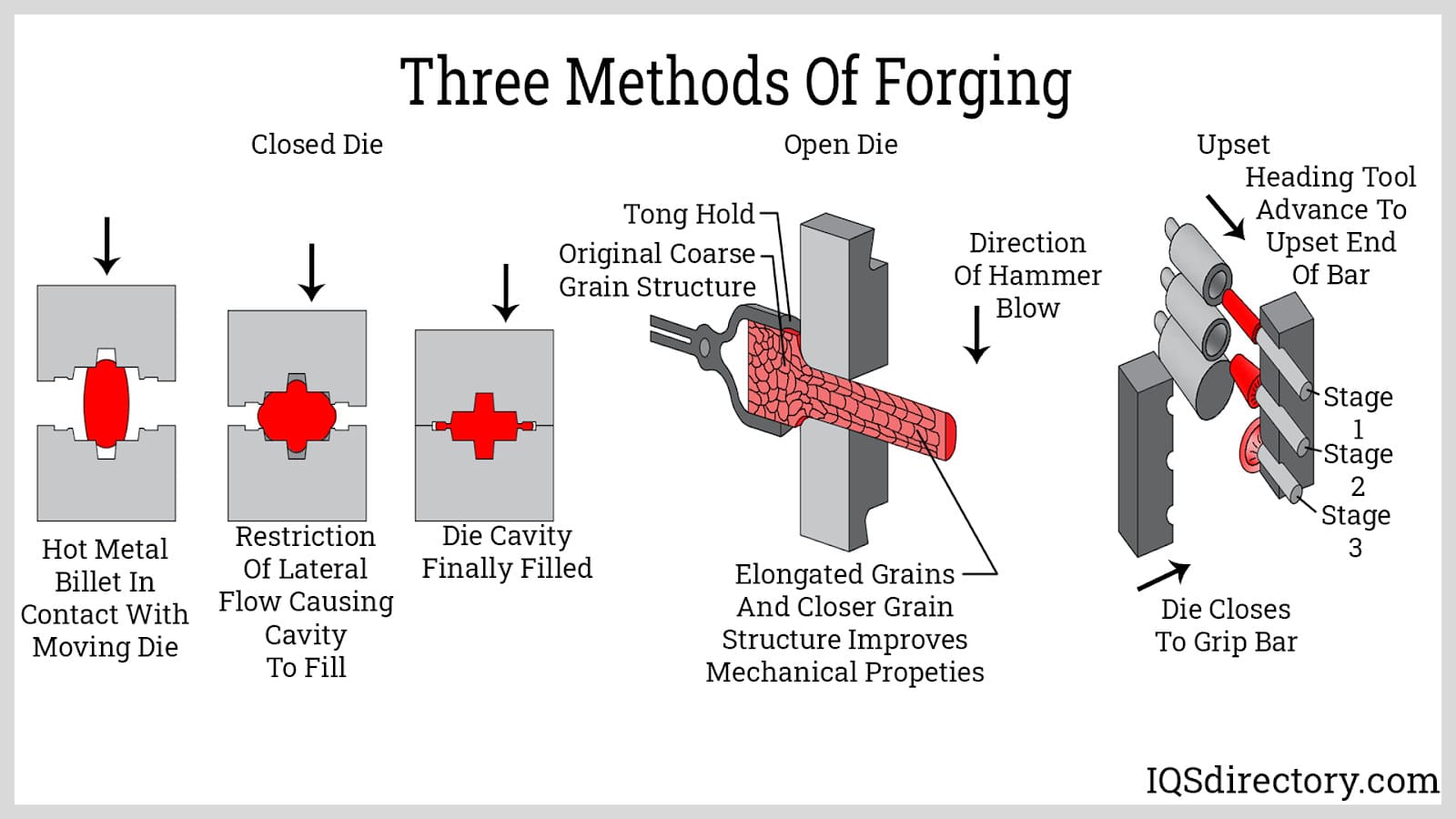
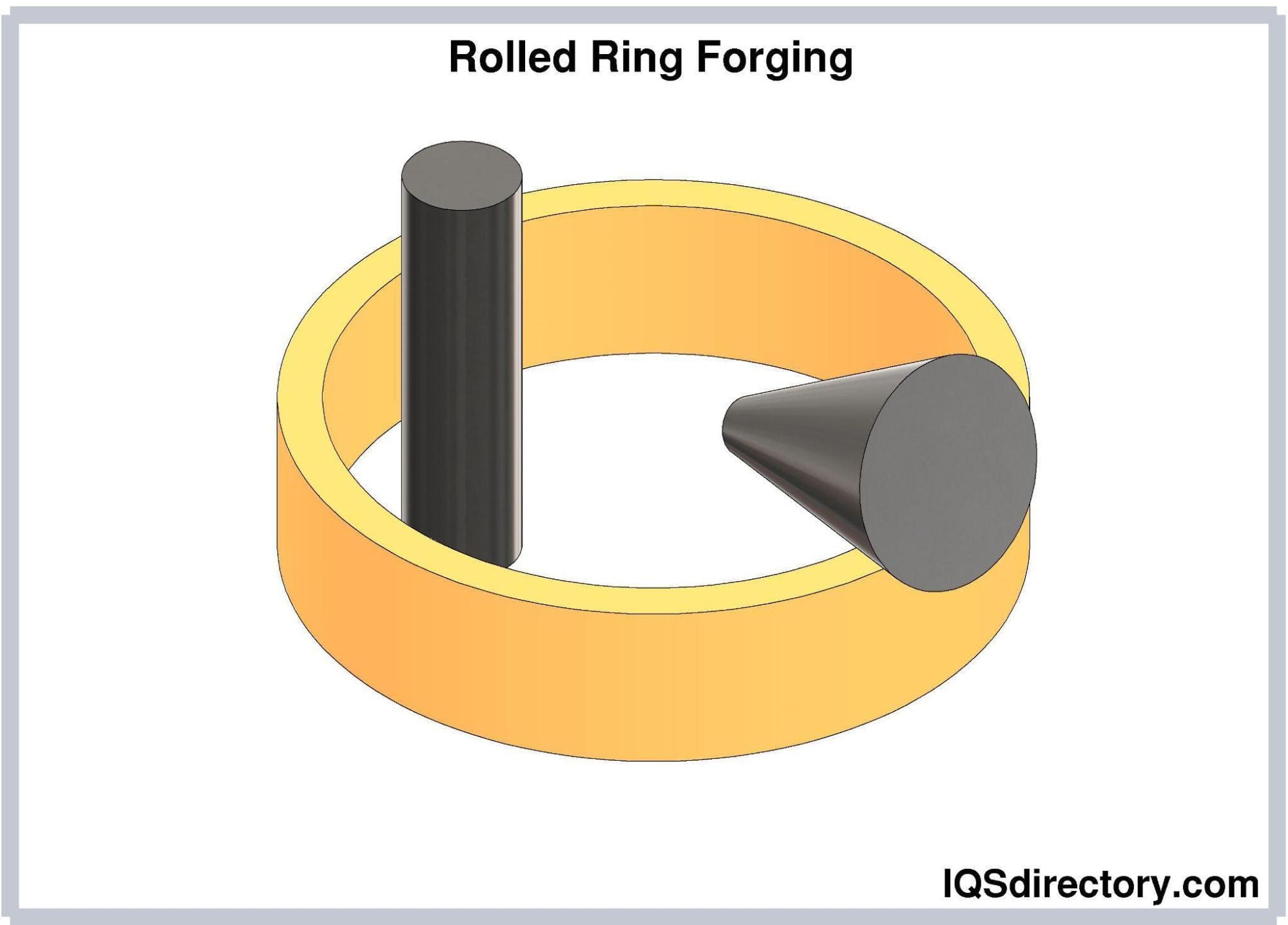
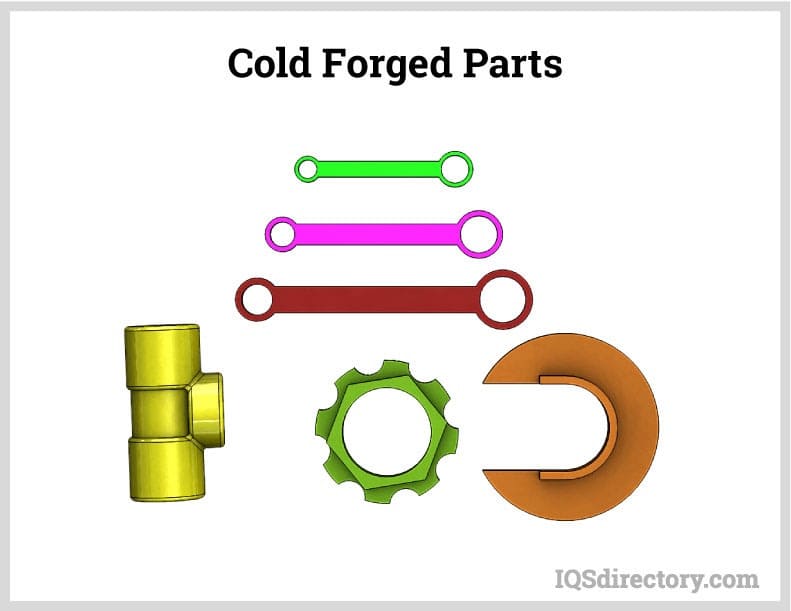

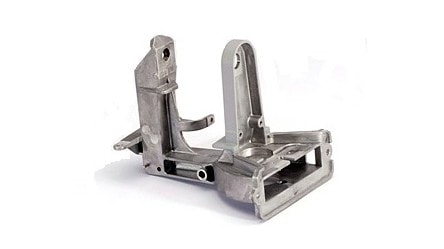 Die Castings
Die Castings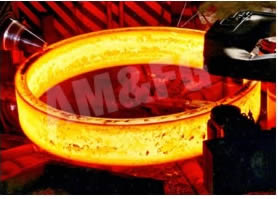 Forgings
Forgings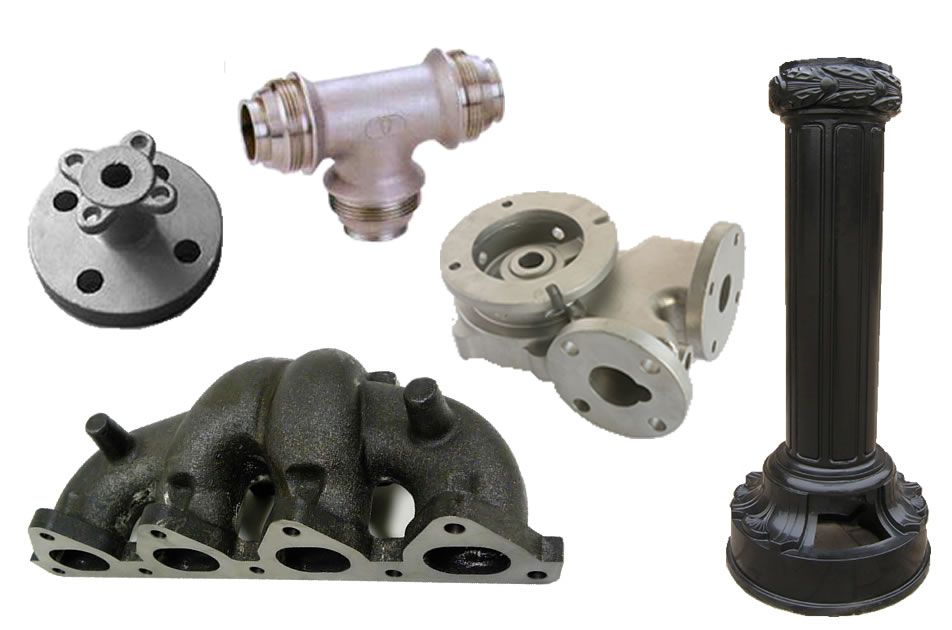 Grey Iron Castings
Grey Iron Castings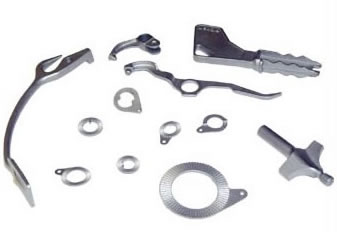 Investment Castings
Investment Castings Castings & Forgings
Castings & Forgings Bulk Material Handling
Bulk Material Handling Electrical & Electronic Components
Electrical & Electronic Components Flow Instrumentation
Flow Instrumentation Hardware
Hardware Material Handling Equipment
Material Handling Equipment Metal Cutting Services
Metal Cutting Services Metal Forming Services
Metal Forming Services Metal Suppliers
Metal Suppliers Motion Control Products
Motion Control Products Plant & Facility Equipment
Plant & Facility Equipment Plant & Facility Supplies
Plant & Facility Supplies Plastic Molding Processes
Plastic Molding Processes Pumps & Valves
Pumps & Valves Recycling Equipment
Recycling Equipment Rubber Products & Services
Rubber Products & Services